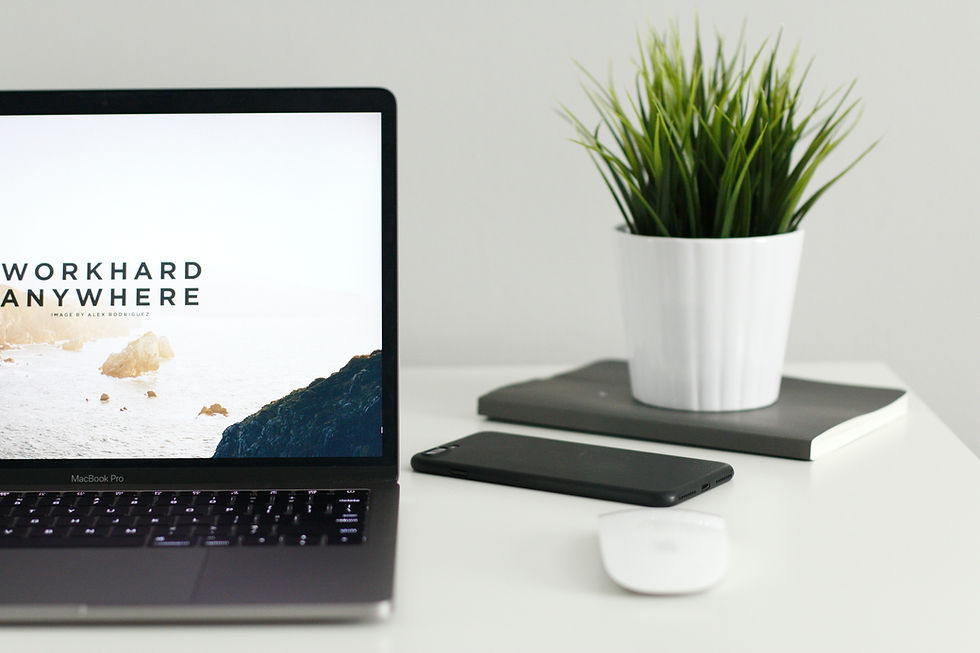Interactive Design - What on Earth?
- Viviana Castro Gallego
- Aug 3, 2021
- 3 min read
Before entering a masters, I did not understand what was interactive design and what was the difference between the all other components of design. People talk about interactive and experience design but what is behind both per se.
I remember reading an analogy in which the author tried to relate both parts of design with a restaurant. One of the scenarios was a couple entering this cold, stark and kind of clinical restaurant, where food was served in silver platers and the food didn’t look good. The food the people from the Matrix (when they were not at the Matrix) would have to eat. Same couple, different scenario. Beautiful and romantic restaurant, dimmed lights, food that appealed to the eyes, served in porcelain crockery.
Both restaurants served the same purpose and had the same end, sell people food, but what made them different was the whole experience around it. After reading this part it is obvious that the romantic, dimmed lights, want to be there kind of restaurant was the analogy to Experience Design or UX, while the clinical, Matrix, don’t want to be there kind of restaurant was Interactive Design or IxD.

After this analogy, it is easier to start getting into context both, but it is important to understand and digest Interaction Design a little better. John Kolko in his book ‘Thoughts on Interactive Design’ says: “Interaction Design is the creation of a dialogue between a person and a product, system or service. This dialogue is both physical and emotional in nature and is manifested in the interplay between form, function, and technology as experienced over time.” In other words, designers focus their attention on the user’s interaction with a product and on how to use different elements to create a determined experience.
“Interaction Design is the creation of a dialogue between a person and a product, system or service. This dialogue is both physical and emotional in nature and is manifested in the interplay between form, function, and technology as experienced over time.”
Experience design / Interactive design
Now, going back to Experience Design, why do people often relate one with the other? Both design aspects overlap because UX explores the ways a product can be used and what are the experiences behind that, and this experience focuses on the interaction between the user and the product. But they are not the same (there will be another post talking more about UX).
The main difference is that for UX designers the moment a user interacts with a product is just the normal process a user undergoes, but for interaction designers, this moment is the moment they are focusing their attention to and on how to improve this interaction. In other words, it can be said that Interaction Design is a part of UX design.
Design Principles
For someone starting in this area, or in any area in design, it is important to learn more about the principles of design. No, in this case they are not emphasis, balance, contrast, movement, repetition, etc. In this case some of them are:
Goal-driven design: It is known as a design style that focuses on problem solving. In this principle, the most important thing is to satisfy the needs of the user (the goal of interaction design).
Good usability: In other words, will people be able to use that product? Will it be easy for a user to learn how to use it? How fast will he perform tasks with this product? Will he encounter any errors that will make the whole interaction more difficult? How quickly can the user recover from those errors?
Ergonomics: Physiological principles are applied in the design of products, to reduce human error, increase productivity and safety when interacting with the product.

Positive emotional response: Designers have the goal to create a product that will create a positive emotional response in the user. These elements can be colour schemes, different use of fonts, animations, everything that creates an emotional response.
Design for people: When designing, it is complicated to design for an unknown user. It is important to design for someone in specific, to create a context and a response to their needs. In this case, personas are created. These elements allow designers to know who they are designing for to create a better product in the end.
And many more principles, more to digest and more to learn about Interactive Design.
At the end of the day designers, any designer, must learn how to create that something special for the user. We live in constant contact with people around us, trying to understand their emotions and the way they interact with elements around them. This will allow us to design better products, elements, houses, etc.






Comments